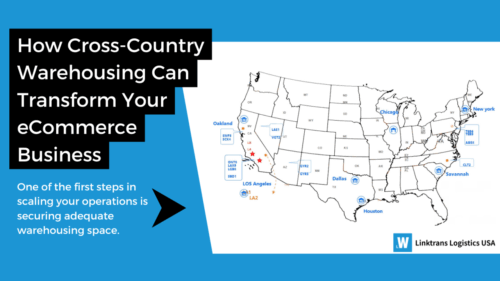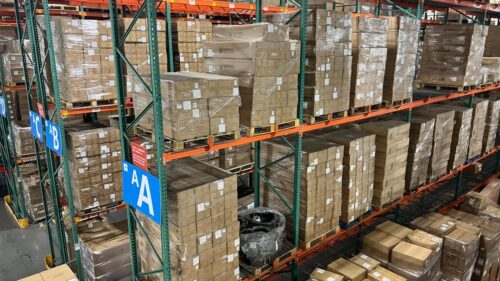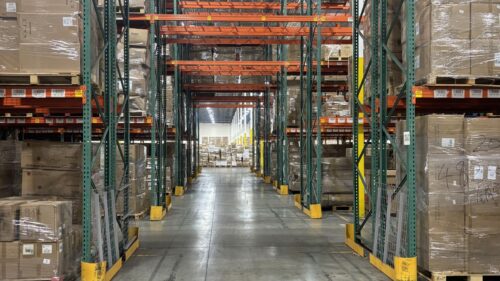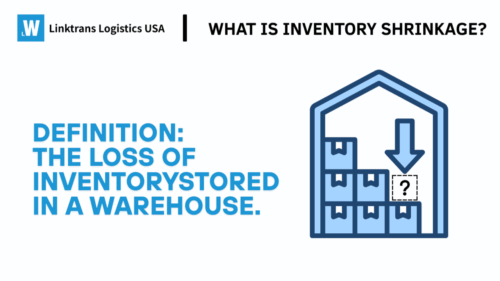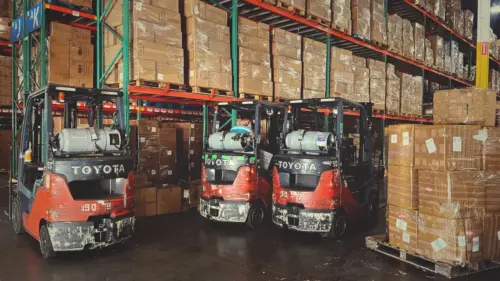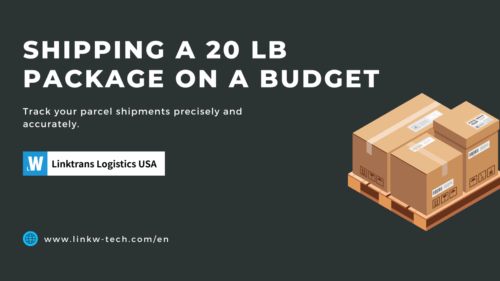-
English
-
Japanese
-
Korean
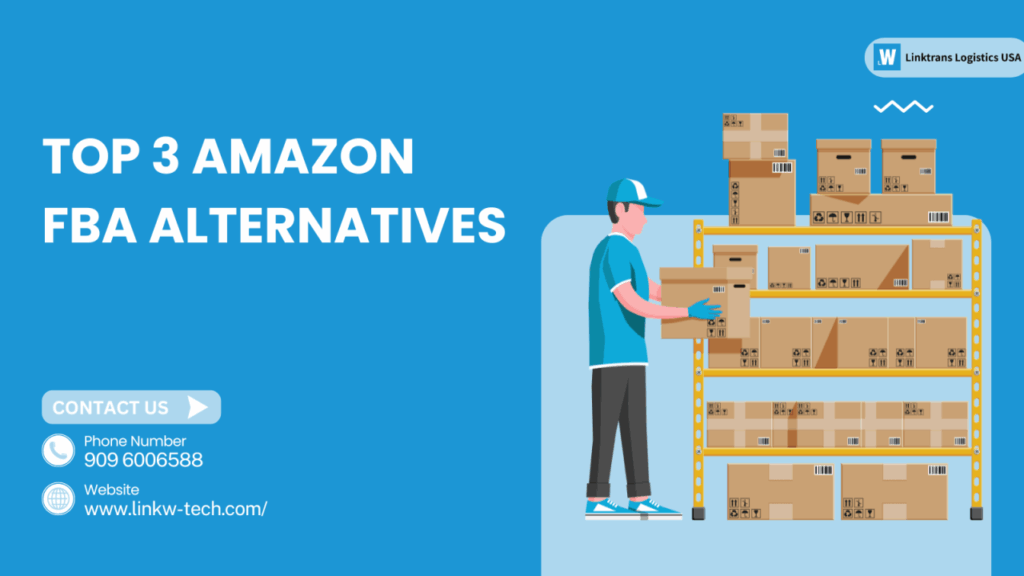
Fulfilled by Amazon (FBA) is a widely used fulfillment service for ecommerce companies, offering streamlined logistics and access to Prime customers. However, it comes with significant trade-offs, such as high fees, limited branding opportunities, strict product requirements, and scalability issues.
For businesses looking to reduce costs, gain greater control over their operations, or scale more effectively, exploring alternatives to FBA is essential. In this guide, we’ll review three top alternatives, key factors to consider when choosing a fulfillment solution, and actionable tips to ensure a smooth transition.
Why Consider an FBA Alternative?
While FBA provides benefits like fast delivery and access to Amazon’s customer base, its limitations may hinder your business growth or profitability. Here are some common reasons ecommerce businesses look for alternatives:
High Costs
Amazon’s pricing structure includes numerous fees—such as pick-and-pack charges, long-term storage fees, and surcharges for oversized items—that can eat into profit margins. For businesses selling bulky or high-value products, these costs are often unsustainable.
Limited Branding Control
FBA restricts branding opportunities, using Amazon’s packaging and logos instead of allowing sellers to customize their shipments. This makes it harder to build a recognizable brand that stands out in a competitive market.
Scalability Challenges
As your business grows, you may find FBA’s model less practical. Larger order volumes, specialized shipping needs, or unique product requirements (e.g., fragile goods or items requiring assembly) can create operational inefficiencies.
Product Restrictions
Amazon imposes strict rules on what can be sold through FBA, including bans on hazmat items, alcohol, meltable goods, and products with lithium batteries. If your inventory falls into restricted categories, you’ll need an alternative solution.
3 Best Alternatives to Amazon FBA
The right fulfillment solution depends on your business goals and challenges. Whether you need better cost management, more control over branding, or support for specialized products, these alternatives can help:
Seller-Fulfilled Prime (SFP)
Seller-Fulfilled Prime allows you to fulfill Prime orders directly from your own warehouse while retaining the coveted Prime badge. This gives you control over the fulfillment process while still benefiting from increased sales potential through Prime customers.
You don't need to use Amazon's warehouses to reach Prime customers and retain control over storage, packaging, and shipping operations.
But you'll need to have strict performance standards, including minimum on-time delivery rates and low cancellation rates.
Allow plenty of time, as a pre-qualification and trial period is required before joining the program.
For companies struggling to meet SFP requirements, partnering with a logistics provider like Linktrans logistics USA can help ensure compliance, especially when shipping heavy or high-value products.
Fulfillment by Merchant (FBM)
Fulfillment by Merchant lets you handle storage, packing, and shipping independently instead of relying on Amazon’s infrastructure. This option provides greater control over fulfillment operations and often results in lower fees compared to FBA.
FBM is cheaper, has more control over operations, and is not dependent on Amazon's fulfillment network or fee structure.
Not having a Prime badge at Amazon Mall can make it more difficult to attract Amazon customers.
Fulfillment management in-house requires additional resources and time.
To reduce the operational burden on FBM while maintaining control, you can work with a third-party logistics provider such as Linktrans logistics USA to streamline the fulfillment process.
Third-Party Logistics (3PL) Providers
Working with a 3PL provider offers flexibility and efficiency by outsourcing supply chain processes such as storage, packing, shipping, and returns. A trusted 3PL partner can help reduce costs, improve scalability, and provide more branding control than FBA.
3PL has lower fulfillment costs compared to FBA and supports specialty products such as large or fragile items.
Solutions that are personally customized for you such as kitting, bundling and branded packaging.
Carefully select a reliable provider that meets your business needs.
When choosing a 3PL partner, compare options based on pricing transparency, scalability and reliability to find the best fit for your eCommerce business.
Key Factors to Consider When Choosing an FBA Alternative
Switching from FBA requires understanding your business needs and finding a solution that aligns with your goals. Here are some factors to evaluate:
Customizable Fulfillment Solutions
Look for providers that offer tailored services such as kitting, bundling, specialized storage for large items, dropshipping, or omnichannel fulfillment.
Transparent Pricing
Avoid complex fee structures that make it difficult to predict costs. Choose providers with clear pricing for storage, shipping, pick-and-pack services, returns processing, and other custom solutions.
Scalability
Your fulfillment partner should be able to grow with your business, accommodating seasonal spikes or higher order volumes without disruptions.
Accuracy & Reliability
Check metrics like order accuracy rates and on-time delivery guarantees to ensure your fulfillment solution supports customer satisfaction.
Specialized Expertise
If your products require special handling (e.g., bulky furniture or fragile electronics), choose a provider experienced in managing such items.
How to Transition from FBA to a New Fulfillment Solution
Switching from FBA requires careful planning to avoid disruptions. Follow these steps for a smooth transition:
Create a Transition Timeline
Break the process into phases: planning, testing, and full migration. Coordinate inventory transfers with your new provider and set a cutoff date for FBA use.
Manage Inventory During the Switch
Use inventory management systems to track stock movement and prevent shortages during the transition. Gradually transfer best-selling products to avoid stockouts.
Communicate Changes to Customers
Keep customers informed about potential delays or changes in delivery times during the transition period to maintain trust.
Maintain Sales Momentum
Focus on customer retention strategies like loyalty programs or promotions during the transition to keep sales flowing.
Monitor Key Metrics
Track delivery times, order accuracy rates, inventory levels, and customer satisfaction throughout the migration process.
Choosing the right fulfillment partner is critical for scaling your business effectively and maintaining customer satisfaction. choosing the right fulfillment partner is critical for scaling your business effectively and maintaining customer satisfaction. By evaluating your options carefully and planning your transition strategically, you can build a stronger fulfillment strategy that aligns with your long-term goals.
At Linktrans logistics USA, we offer transparent pricing, customized solutions, and industry-leading accuracy guarantees to help businesses scale with confidence.




